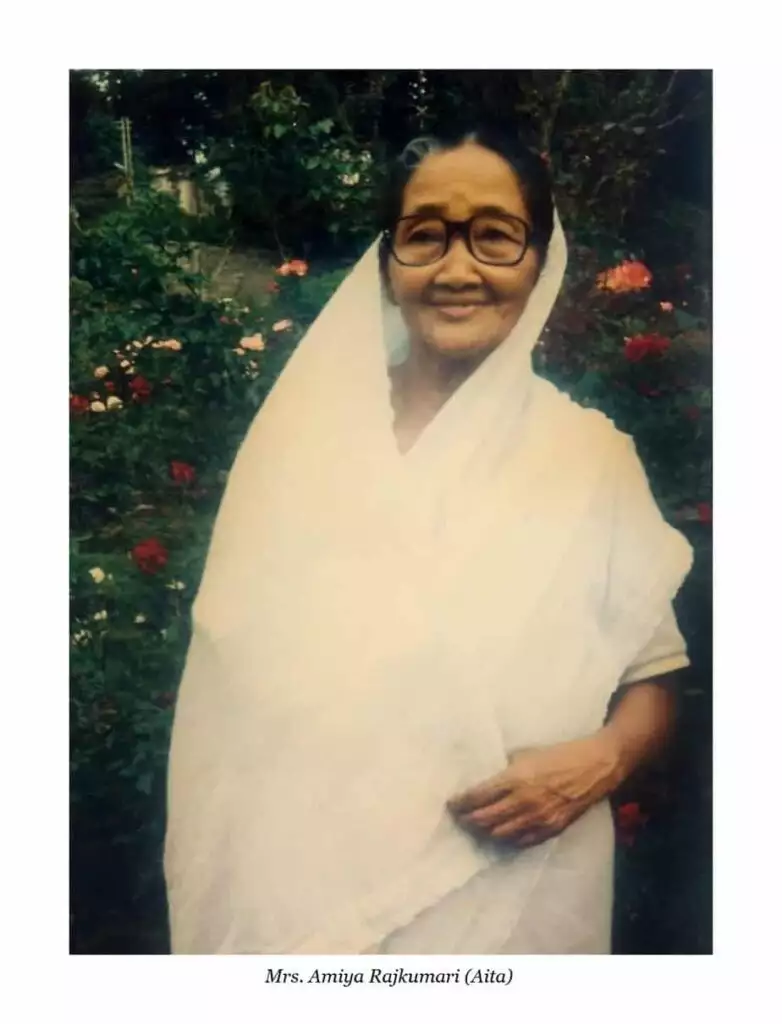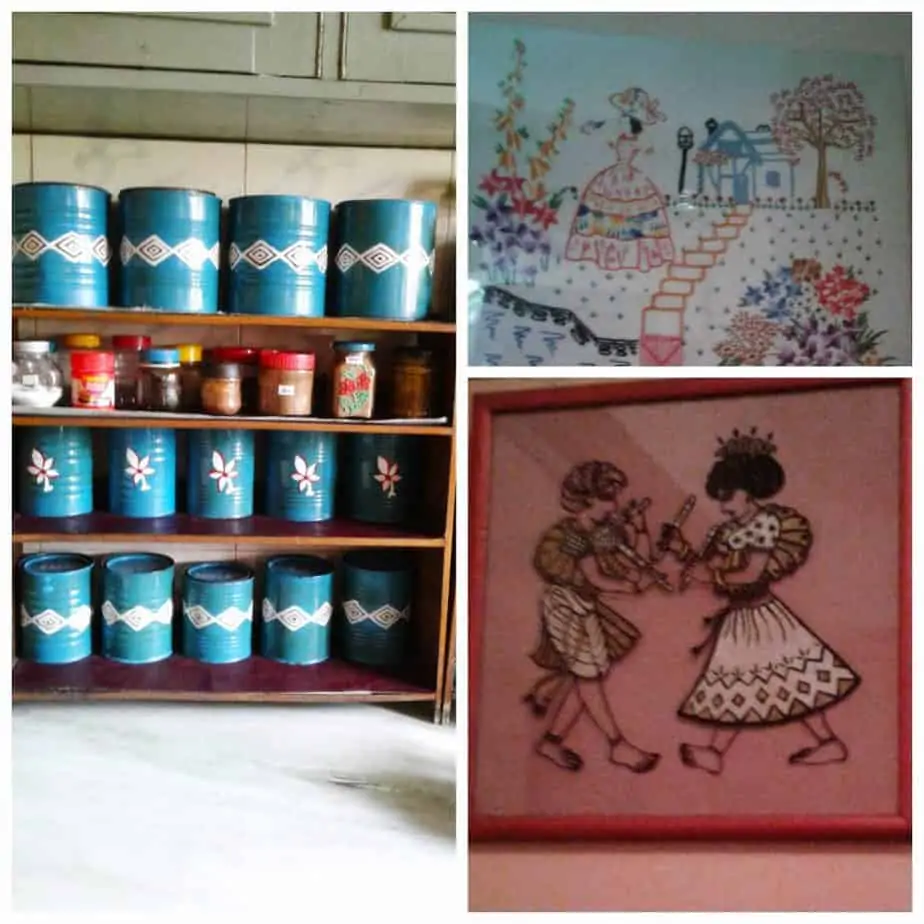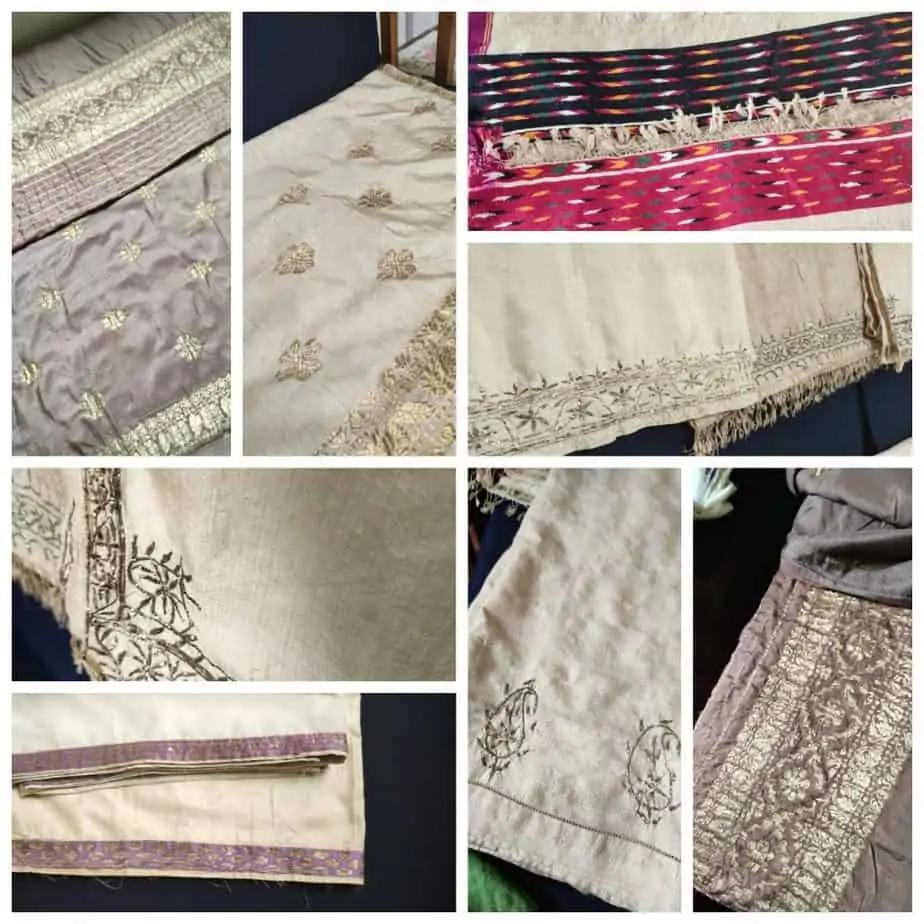Rasna Baruah shares a few lessons on simple daily conservation practices which we can all follow. It just needs us to be conscious about our lifestyle and home environment. A nostalgic account of a time when households were more self contained and produced a lot of their own fruits and vegetables, wove their own fabrics and being frugal was a way of life.
My grandmother (Aita in Assamese), Smt. Amiya Rajkumari, left for her heavenly abode in May 2018 at the grand age of 97. She lived her early life in many small and large towns across Assam, and the last 50 years of her life in the historic town of Jorhat. We remember Aita as a force to reckon with. Married at 14, and widowed at around 46, she had ruled her household with discipline and affection.

Aita was a multifaceted woman, in the true sense of the word. One article would just not cover her many abilities. I have centered this piece around a few tips that she lived by. Over the years we had seen and heard her follow many conservation and recycling techniques that are now celebrated in blogs and other articles. Simple ideas but profoundly effective. I am presenting just five here.
Don’t use fresh water to water your plants:
Aita was an avid gardener. No small patch for her, she created and looked after a huge vegetable garden and a slightly smaller flower garden. She was up at 4 am each day and watered all her plants before the sun was up. And where did she source her water from? Other than a small pond at the end of the garden, her water source was the previous day’s used water – water used to wash vegetables, rice and dal. She didn’t allow anyone to waste a single drop. The water was carefully stored through the day in various buckets and containers, all quite battered with use. Since too little water or too much water can both be harmful for plants, she used a mug of a specific size to water her plants. She followed this rule without fail. And yes, she got wonderful results.
Use leftover fabric and wool to make useful things:
Aita did a lot of sewing, knitting, and even weaving at one time. Her weaving skills were legendary, we still have several mekhela-chadorsand rihasin the family. Her skills percolated down to her daughters and a little bit to her granddaughters. Can’s say the same about her sons! Nothing was thrown out. Her sewing machine was well used. An interesting fact – she bought her sewing machine with her eight- grade scholarship money and brought it with her to her new home when she got married in 1935. She used her leftover fabric to sew patchwork cushion covers, kitchen towels, potholders, and even appliques that she sewed on bedspreads and tablecloths. A lot of them are still used. Leftover wool was used to knit colorful patchwork blankets and lots of other handy items. And yes, she had an incredibly good sense of color.

Reuse containers instead of buying new ones:
Earlier when tinned stuff was more common – milk powder, biscuits, and other snacks – Aita reused the empty ones like a lot of us Indians still do. But she went a step further. She painted the tins so the brand names were hidden, and you could make your own matching sets instead of buying. My aunt still follows that, and her kitchen is lined with painted tins storing different things. Looks good and adds color to her shelves. Of course, it helps if you are of an artistic bend of mind, my aunt sure is.
Leave a path for mice:
Now this is a funny one, but it worked. Old houses usually have lots of open shelves and lots of books. Besides everyone’s collection of books, Aita had also published books that my grandfather wrote so there were book stocks everywhere. And how did she store them? She packed them in newspapers and placed them on overhead shelves. And here’s the tip – she left enough space between rows of books for mice to walk through comfortably! Old sprawling houses always had a few mice and, in her opinion, if you left space for them, they wouldn’t eat their way through. And that’s how she kept such large piles of books safe. This tip perhaps doesn’t quite fit into our apartment lives but I included it to emphasize on the harmony she created between the lives of humans and other species in her home, however small they might be. Snails and earthworms fertilized her garden soil, and although the parrots and squirrels ate up a lot of the fruit, they added color and sound to life. The existing Covid crisis brings home this fact even better, doesn’t it? The need for harmonious living between species.
Don’t waste your time:
Aita’s time-related techniques are a little tough for weak-willed folks like us. No TV for her except for the news once a day. It was the radio before that. And her resting time was reserved for reading newspapers. She saved articles to read and caught up with her reading after lunch and a little in the evenings. If a newspaper had an article that she really liked, she cut it out and stuck it on used exercise books. Aita went to school until the eighth grade, but she remained an avid learner all her life. Her handwriting was to die for. She started going to the naamghar (naam: kirtan) regularly quite late in life. And even there, she didn’t hang around chatting with the other ladies. She left the moment the prayers were over. Her plants were waiting for their evening water you see. And she always had some evening task planned!
 As you must have gathered by now, she rarely rested. Only when she was over 75, we saw her nap briefly in the afternoons. And she couldn’t understand why she felt tired! My tales about Aita can go on. But before concluding, I have to mention that other than being an expert gardener, a publisher of books, an expert seamstress, knitter, and weaver, she made delicious pickle, and at the opposite end of the scale, knew enough about construction, carpentry and house painting for workers to fear her presence. She never let them waste time or botch up any work.
As you must have gathered by now, she rarely rested. Only when she was over 75, we saw her nap briefly in the afternoons. And she couldn’t understand why she felt tired! My tales about Aita can go on. But before concluding, I have to mention that other than being an expert gardener, a publisher of books, an expert seamstress, knitter, and weaver, she made delicious pickle, and at the opposite end of the scale, knew enough about construction, carpentry and house painting for workers to fear her presence. She never let them waste time or botch up any work.
She was – as my uncle’s friends fearfully referred to her – the lady boss!
Rasna Baruah is a chemical engineer turned freelance editor who grew up in Shillong, Meghalaya. After sojourns in various cities she now lives in Bangalore with her husband and son. She still has family living in Assam and Meghalaya and the allure of the east makes her travel there whenever she wants.



4 Responses
Reminds me so much of my gran n mom too.
Where have all the flowers gone from our lives !
Thanks for the beautiful write-up.
Dave
true. what a wonderful generation
Rasna, you transported me to my vacations in Coorg and Kuttanadu (Kerala). Grandmothers and their green fingers seem to be a common thread that weaves cross country and the “no waste” policy too. What a beautiful piece. Thank you
And the spaces for the mice and being so considerate to creatures big and small! Aita was such a generous and beautiful soul. Thank you for sharing her with us…